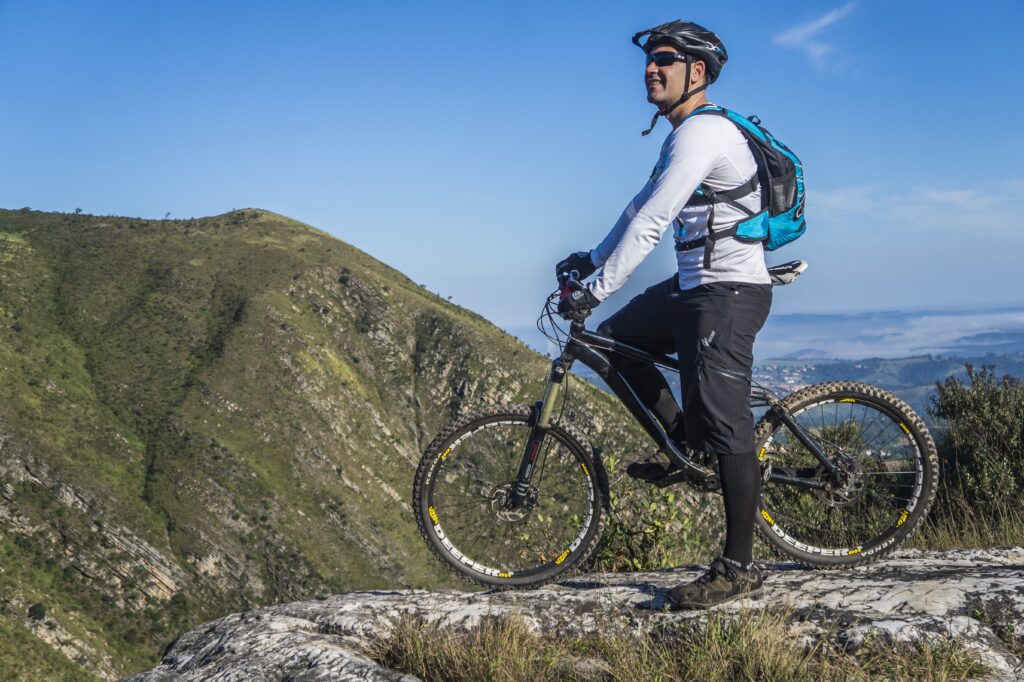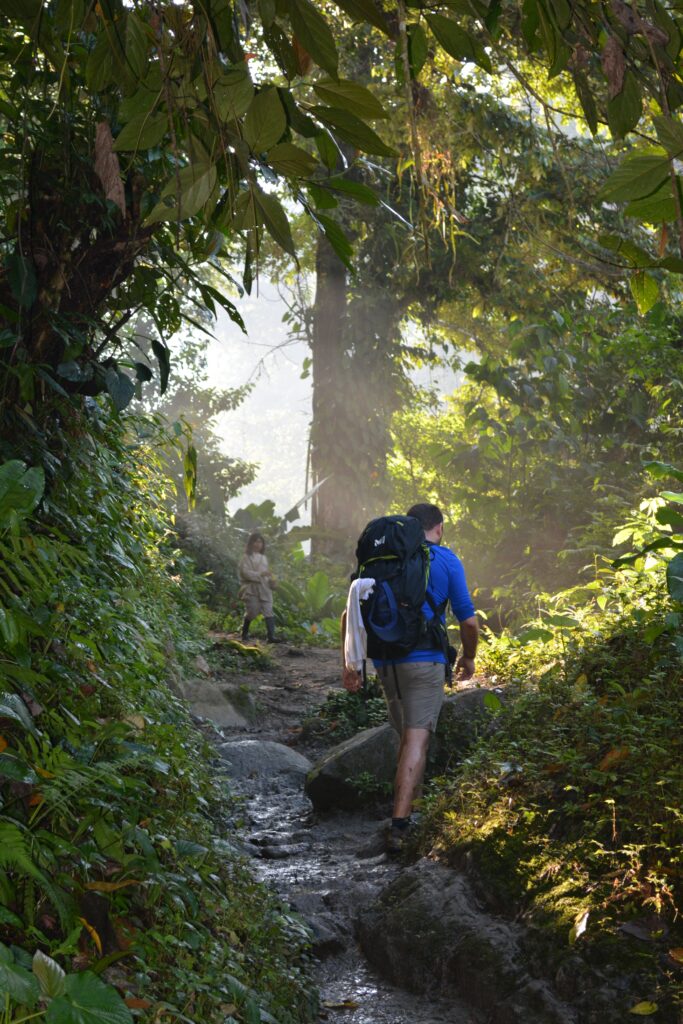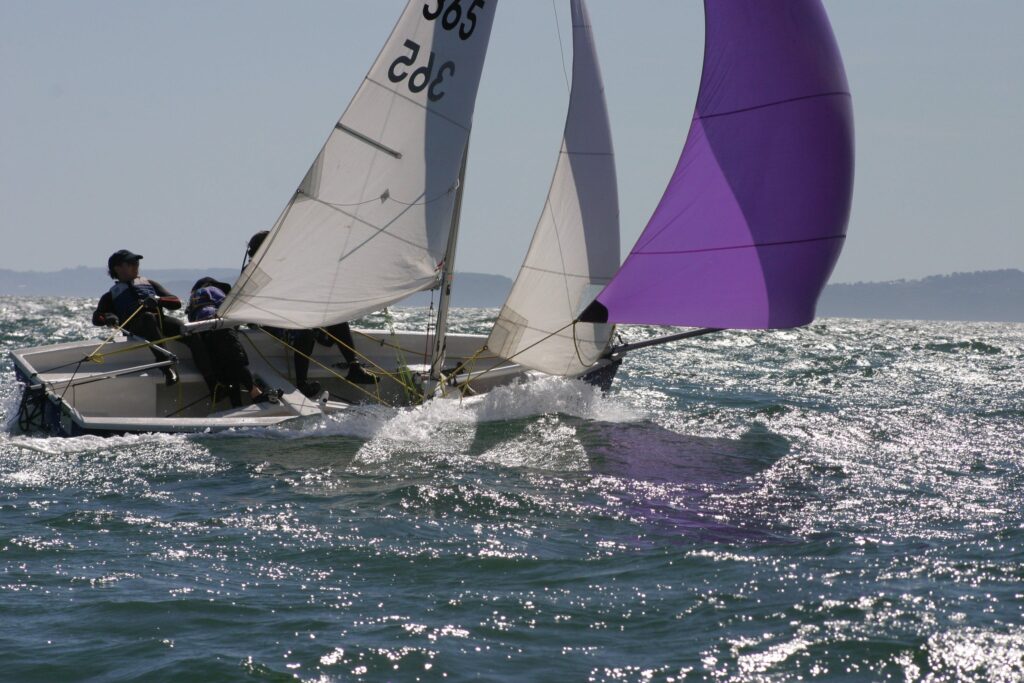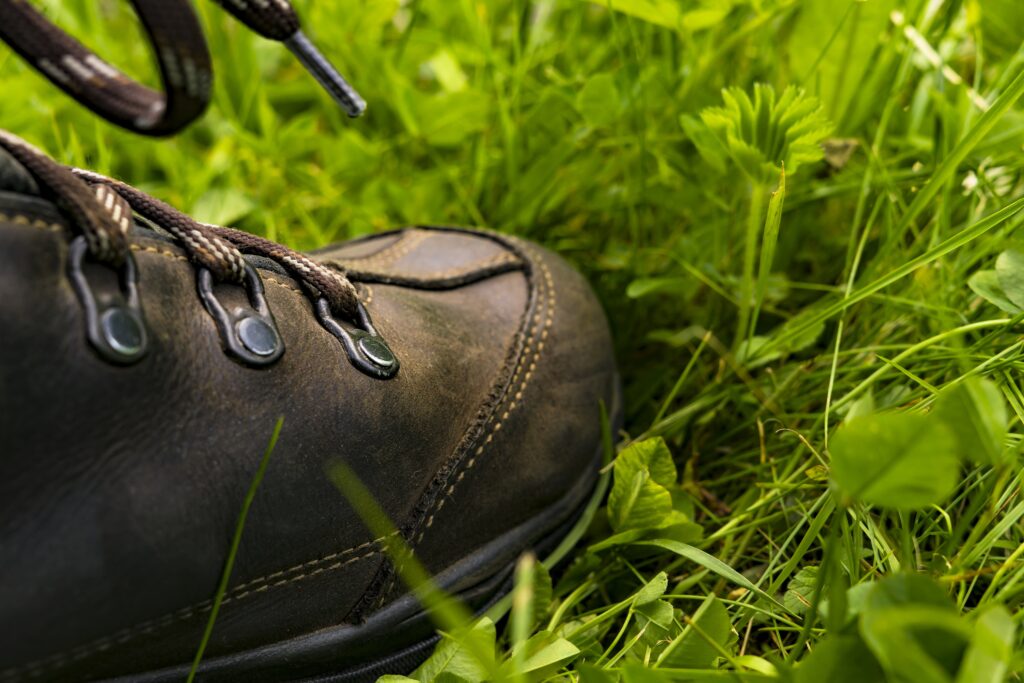The Allure of Europe’s Outdoors
The allure of outdoor activities in Europe reflects a deep-seated yearning for adventure and a connection with the natural world. Europe’s diverse array of landscapes and cultures forges a unique arena for outdoor pursuits.
Cycling is a prime example, with enthusiasts taking to the flat, expansive cycle paths in the Netherlands and the rigorous mountain trails of the Alps, suited to both casual riders and serious mountain bikers.

Meanwhile, the tranquility and challenge of hiking and trekking are epitomized by the varied terrains, from Scotland’s verdant hills to the Alpine peaks. Abundant, well-marked trails beckon walkers of all levels to partake in the continent’s scenic beauty.

Moreover, Europe’s waterscapes offer a playground for water sports. The wind-swept coasts of Portugal are a surfer’s paradise, Finland’s calm lakes ideal for kayaking, and the Mediterranean’s blue expanses perfect for sailing.

Gearing Up for Autumn Sports
As the leaves change, the right gear becomes pivotal for safety and enjoyment in outdoor activities. Sturdy hiking boots provide grip and protection on uneven grounds, while technical backpacks and climbing harnesses are indispensable for multi-day treks and climbs. Campers seek shelter in high-quality tents, and navigational tools become critical for staying the course. For water sports aficionados, personal flotation devices are non-negotiable for safety.
The growth of the outdoor gear market and Opportunity
Sourced from www.statista.com, The European Sports & Outdoor market is on an upward trajectory, with revenues projected to reach US$8.36 billion in 2023, and an anticipated growth to US$11.52 billion by 2027. This growth is mirrored by rising user engagement and market penetration.
In this burgeoning market, Chinese outdoor brands are carving out a significant presence. NatureHike is making waves with its lightweight camping gear, Baleaf is dressing outdoor enthusiasts in high-performance attire, and SEAFLO is providing robust marine equipment for water-based adventures.

Compliance for Outdoor Gear
Manufacturers must ensure comprehensive compliance with EU regulations to guarantee their outdoor gear meets safety, quality, and environmental sustainability standards. Key compliance areas include:
Safety Standards: Outdoor equipment must meet the EU’s rigorous safety standards, encompassing everything from materials used to the structural integrity of the gear, ensuring user protection in diverse environments.
Product Classifications: Different categories of outdoor gear, such as mountaineering equipment or personal flotation devices, have specific EU guidelines. Manufacturers must classify and label products correctly, providing clarity for consumers.
CE Marking: Outdoor gear that complies with EU health, safety, and environmental protection standards must display the CE marking. Manufacturers are required to perform testing and secure certification to use this mark.
Material Regulations: The EU sets forth regulations for materials, especially for gear that comes in contact with the skin or is used in extreme conditions. Compliance ensures materials are safe and do not harm the environment.
VAT Compliance: Manufacturers must adhere to the VAT regulations, applying the correct taxes on sales of outdoor gear within the EU and maintaining accurate tax records.
Environmental Compliance: The manufacturing of outdoor gear should utilize sustainable materials and processes, reflecting the EU’s emphasis on reducing environmental impact.
Recycling and WEEE Compliance: In line with the WEEE Directive, manufacturers of outdoor electronic gear must implement environmentally sound recycling and disposal practices, particularly for battery-operated items.
By following these directives, manufacturers can contribute to a safer and more sustainable outdoor experience while aligning with EU standards.
[/et_pb_text][/et_pb_column][/et_pb_row][/et_pb_section]